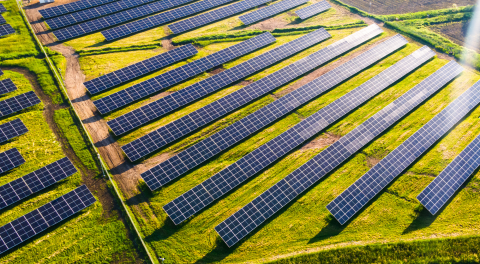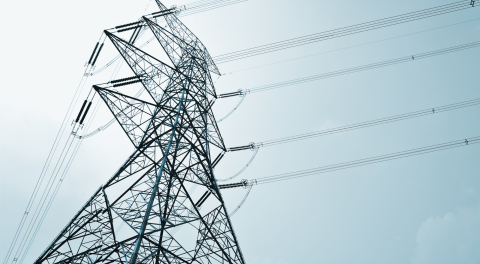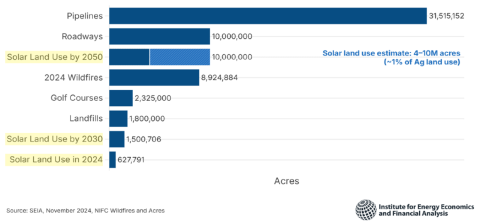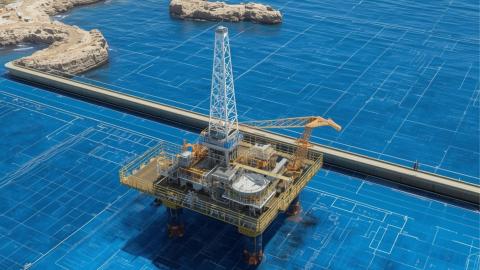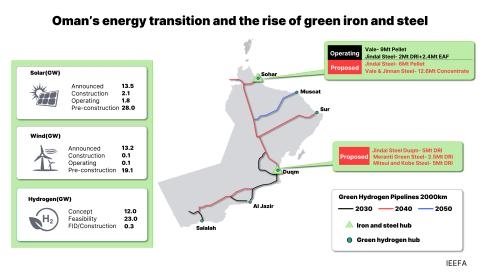A foundation-based framework for phasing out German lignite in Lausitz
Download Full Report
Key Findings
A transition from lignite will incur social costs: mining and energy companies will probably face higher costs or new regulatory limits, and employees and their families may face professional or physical dislocation.
Vattenfall may have under-estimated the scale of the rehabilitation costs, by nearly one half, at €1.4 billion versus up to €2.6 billion.
Executive Summary
Germany’s ambitious targets for responding to climate change imply a phase-out of lignite— the highest carbon-emitting source of energy—by as soon as 2030.
The aim of this study is to explore whether the private sector can meet the cost of mine rehabilitation, to return sites to alternative, productive uses. IEEFA focuses here on a cluster of lignite mines in the Lausitz region of eastern Germany and their associated power plants. At the time of writing, these assets were in the process of transfer from the Swedish state-owned utility Vattenfall to a privately owned Czech consortium comprising Energetický a Průmyslový Holding (EPH) and PPF Investments Limited. The sale has triggered a discussion about a longterm strategy for the mines and power plants, making these assets a topical subject.
According to German law, mine operators are obliged to meet the cost of rehabilitation. However, we identify two key uncertainties. First, operators may fail to calculate these liabilities accurately and thus make inadequate provisions. Second, they may fail to accumulate sufficient funds to finance their obligations, as they fall due. A related question is whether parent companies can be held to account for their subsidiaries. IEEFA tests the first two questions by comparing the estimated rehabilitation liability of the Lausitz lignite mines with the cash flows of the associated power plants. In addition, we explore institutional frameworks for managing a phase-out, from 2018 to 2030.
Regarding institutional framework, we borrow from German approaches for the restructuring of nuclear power, hard coal and lignite, and propose that the Lausitz mine liabilities are managed by a foundation, perhaps the public company LMBV, which already has vast experience of cleaning up lignite mines and power plants in former East Germany. The owners of the mine and power plants would retain ownership and full responsibility for the mining liability, and provide the necessary financial resources.
Regarding cost, we reviewed the size of the mine rehabilitation liability, and compared this with the cash flow generation of the associated lignite power plants, to determine whether these could meet the clean-up costs. We found that Vattenfall may have under-estimated the scale of the rehabilitation costs, by nearly one half, at €1.4 billion versus up to €2.6 billion. We note that this higher figure is an upper estimate and approximation, based on historical data for clean-up costs and the area of the Lausitz mines. Such uncertainty regarding the scale of rehabilitation liability underlines an urgency for the German government to commission its own estimate, for the lignite mining sector, as it has for nuclear power clean– up costs.
The upper estimate for the rehabilitation liability may consume most of the calculated, cumulative discounted cash flows, or net present value (NPV), of the associated Lausitz lignite power plants, of €3.1 billion, threatening their viability.
Fortunately, the owners can ensure that they meet their rehabilitation obligations sustainably. Under the asset transfer from Vattenfall, the acquirers received €1 billion in cash attributed to the company. In addition, some €0.6 billion in capacity payments will accrue to two power plant units, under a standby capacity reserve. IEEFA proposes that EPH and PPF Investments pay a half-share of these windfalls, at around €0.75 billion, upfront into the foundation, as a guarantee for mine rehabilitation. In addition, IEEFA proposes that the power plants pay a levy of €3/ MWh through the phase-out period, raising a further €1.5 billion. That is barely a quarter of an estimated average undiscounted cash flow of €11.79/ MWh through 2030.
Provided these funds were invested cautiously, they would comfortably meet the upper end of the estimated €1.4-€2.6 billion mine liability. This proposal would thus help avoid any prospect of a taxpayer-funded lignite bailout; lay a sustainable path for Germany to meet its climate goals; and allow the asset owners to operate their power plants profitably through the phase-out period.
Please view full report PDF for references and sources.









